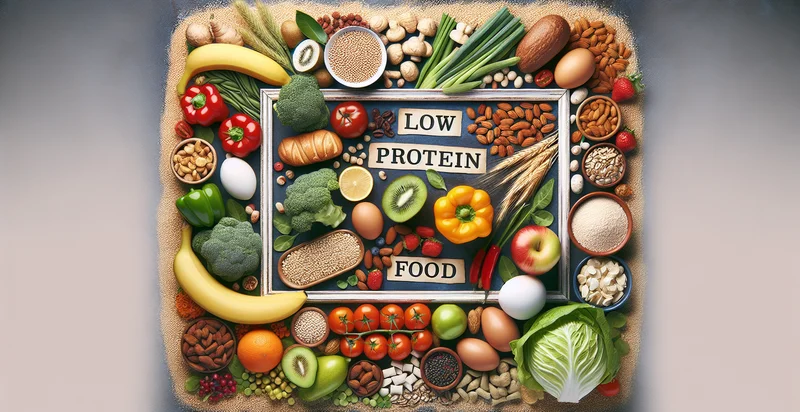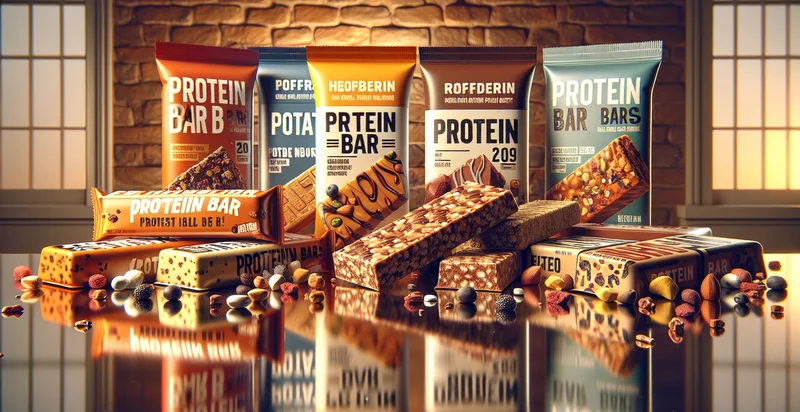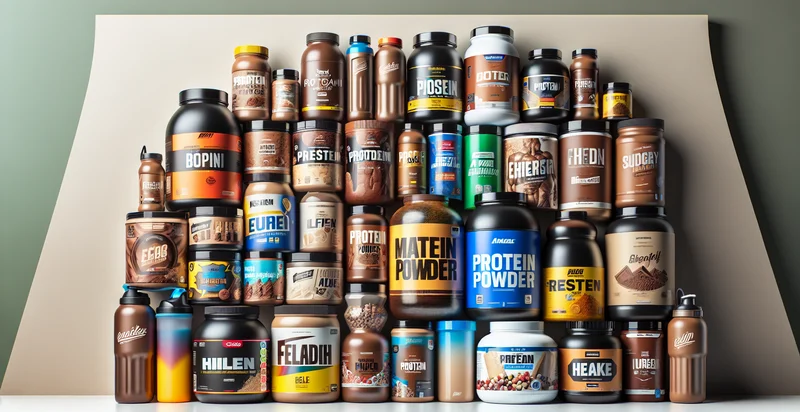Identify is high protein
using AI
Below is a free classifier to identify is high protein. Just upload your image, and our AI will predict if it's high in protein - in just seconds.

Contact us for API access
Or, use Nyckel to build highly-accurate custom classifiers in just minutes. No PhD required.
Get started
import nyckel
credentials = nyckel.Credentials("YOUR_CLIENT_ID", "YOUR_CLIENT_SECRET")
nyckel.invoke("is-high-protein", "your_image_url", credentials)
fetch('https://www.nyckel.com/v1/functions/is-high-protein/invoke', {
method: 'POST',
headers: {
'Authorization': 'Bearer ' + 'YOUR_BEARER_TOKEN',
'Content-Type': 'application/json',
},
body: JSON.stringify(
{"data": "your_image_url"}
)
})
.then(response => response.json())
.then(data => console.log(data));
curl -X POST \
-H "Content-Type: application/json" \
-H "Authorization: Bearer YOUR_BEARER_TOKEN" \
-d '{"data": "your_image_url"}' \
https://www.nyckel.com/v1/functions/is-high-protein/invoke
How this classifier works
To start, upload your image. Our AI tool will then predict if it's high in protein.
This pretrained image model uses a Nyckel-created dataset and has 2 labels, including High Protein and Low Protein.
We'll also show a confidence score (the higher the number, the more confident the AI model is around if it's high in protein).
Whether you're just curious or building is high protein detection into your application, we hope our classifier proves helpful.
Related Classifiers
Need to identify is high protein at scale?
Get API or Zapier access to this classifier for free. It's perfect for:
- Nutrition Tracking App: This identifier can be integrated into health and nutrition tracking applications to help users scan food items using their mobile devices. By identifying high-protein foods, users can make informed choices aligned with their dietary goals, particularly for fitness and weight management.
- Meal Planning Services: Meal kit and meal planning services can utilize this classification function to curate recipe suggestions based on users' nutritional needs. By emphasizing high-protein ingredients, services can tailor menus for those looking to increase protein intake for muscle gain or other dietary preferences.
- Grocery Store Inventory Management: Grocery stores can employ this function to optimize their inventory management systems. By tagging products as high-protein, stores can easily track stock levels, curate promotions, and tailor product placements to appeal to health-conscious shoppers.
- Dietary Research Tools: Researchers and dietitians can use the identifier in studies that require precise data on food protein content. This function can streamline the process of classifying and analyzing large datasets of food items for dietary patterns associated with health outcomes.
- Fitness App Integration: Fitness applications can leverage this identifier to enhance their food logging features. Users can benefit from quick identification of high-protein foods to meet their specific fitness goals, enabling a more personalized workout and nutrition strategy.
- Food Delivery Platforms: Food delivery services can enhance their user experience by recommending high-protein meal options. By utilizing the identifier, platforms can create tailored dietary profiles for customers looking to prioritize protein-rich meals based on their health objectives.
- E-commerce Food Retail: E-commerce platforms focused on health foods can incorporate this classification to improve product searchability. Shoppers looking for high-protein products can quickly find relevant options, aiding in decision-making and increasing customer satisfaction through more personalized shopping experiences.


